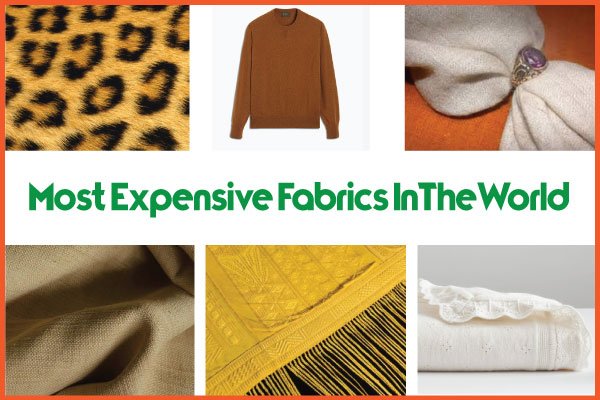What is Quilted Fabric | Composition and Characteristics of Quilted Fabric
Last updated on July 11th, 2023 at 11:34 am
Definition of Quilted Fabric
Quilted fabrics are layered materials consisting of two cloths that encase a filling and are stitched together to form a puffy unit.
Composition of Quilted Fabrics
The outer layers of these fabrics used for apparel are generally of cotton, polyester, nylon or blends of such fibres. For insulative purposes and to prevent any filling from working through the outer material, the cloth should be closely woven.
The filling may go down; a down and feathers mixture; kapok; polyester staple or continuous filament; resin bonded polyester; acrylic staple fibre; polyester or polypropylene microfiber. This fabric should be comprised of about 90 percent air and 10 percent fibre. In terms of weight and mass, about warmth, down is more effective than acrylic and polyester fibres. When hollow man-made fibres are used, there is slightly greater insulation than offered by the solid fibres of the same type. The micro-fibres, which may be as much as 10 times finer than the staple fibres with about 20 times more surface area per unit of weight, have a much greater ability to trap air and have been shown to provide still greater insulation.
Characteristics of Quilted Fabrics
All other factors being equal, a fabric with fewer quilt lines will provide greater insulation because there is little insulation at the lines. Furthermore, the insulation itself tends to move away from the quilt lines, thus reducing insulation areas.
It is important to note that when a quilted fabric gets wet, and moisture penetrates into the filling, its insulative property is markedly reduced – as is true for fabrics, generally. However, it has been demonstrated that a filling of polyester and polypropylene fibres, particularly microfibers, recovers more fully from compression when wet than other fillings and therefore provides greater volume faster with the consequent insulation. Water repellent finishes on the outer cloth do help maintain dryness, but heavy rain or other water saturation sources will eventually penetrate fabric pores and stitching holes.
Waterproofing will overcome this problem, but that prevents the natural vapour the flow of humidity and body perspiration from escaping and will ultimately cause discomfort.
Good quilted fabrics for outdoor use should be wind-resistant for greater protection. Wind resistance is achieved by weaving fine yarns very compactly to reduce to a minimum the size of the interstices, or pores, of the fabrics. Such fabrics are very frequently made of polyester/cotton blended yarns, but more effective are those made of all-cotton. When given a water-repellent finish, the all-cotton fabric can be even more effective against rain and snow than a polyester/cotton fabric. Weather conditions and personal considerations should affect the consumer’s choice.




